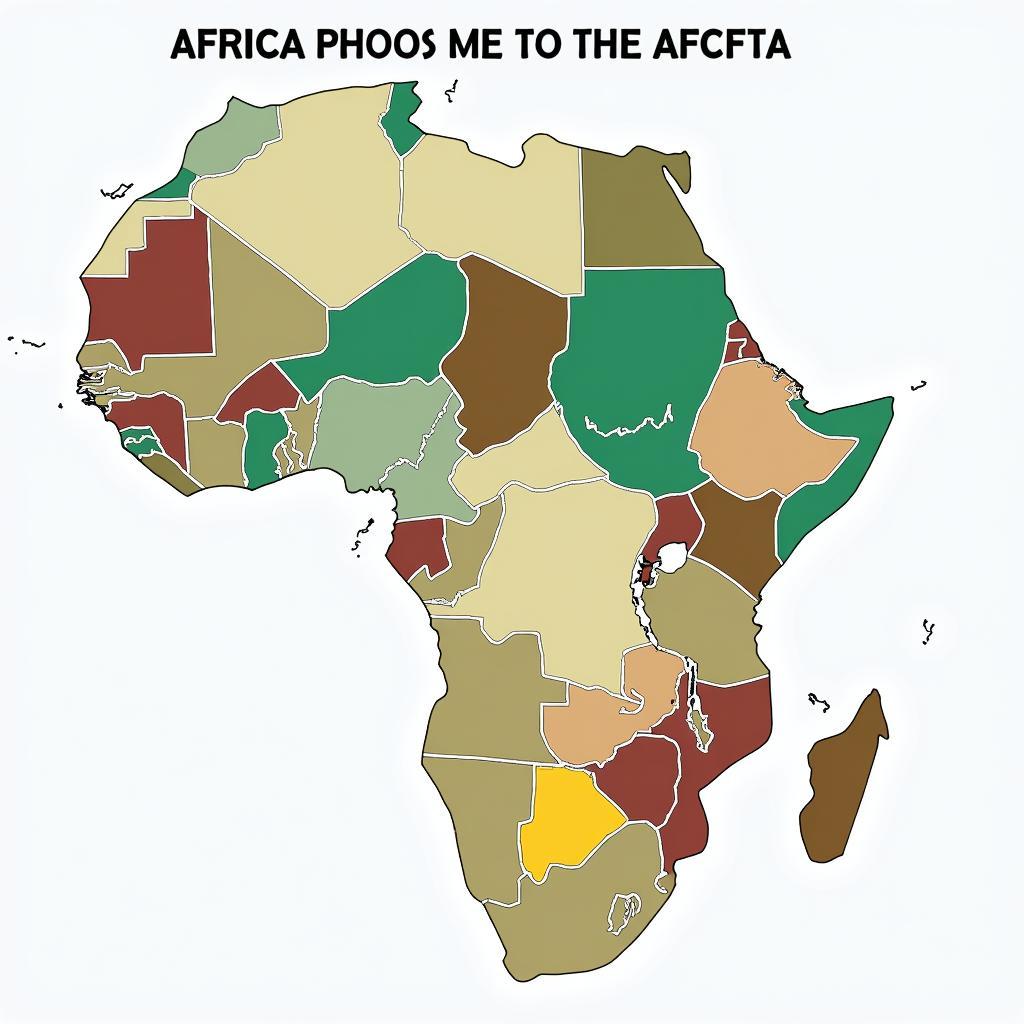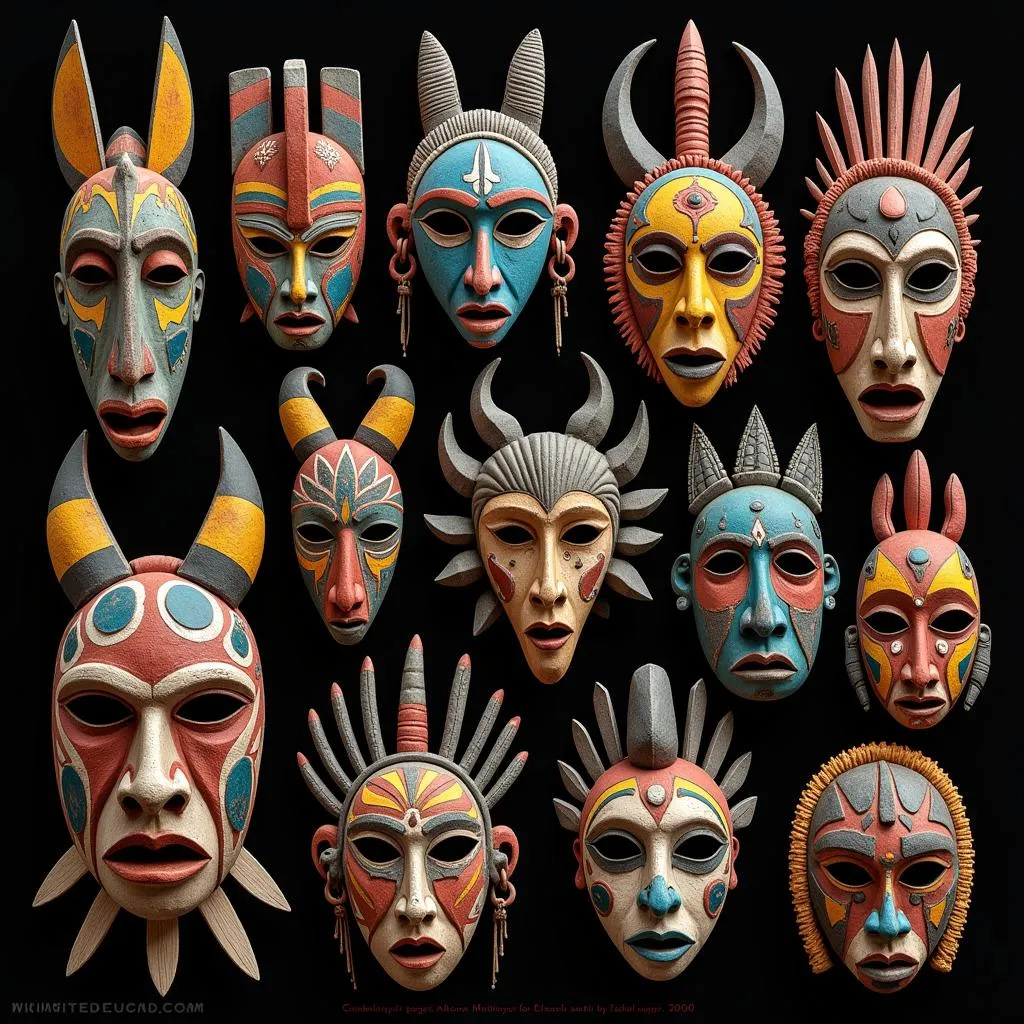African American Life During WWII: A Time of Struggle and Progress
African Americans faced a unique set of challenges and opportunities during World War II. While they served their country with distinction on the battlefield, they also continued to fight against racial discrimination and segregation at home. This era marked a turning point in the civil rights movement, as African Americans began to demand greater equality and justice.
The War Effort and African American Service
The war effort presented both opportunities and challenges for African Americans. The need for manpower led to the desegregation of the armed forces in 1948, allowing African Americans to serve in greater numbers. However, segregation and discrimination persisted within the military, with African American soldiers often assigned to menial tasks and facing prejudice from their white counterparts. Despite these hardships, African American soldiers bravely fought in all theaters of war, earning numerous awards and citations for their courage and valor.
The Tuskegee Airmen: A Symbol of African American Valor
One of the most famous examples of African American service during WWII is the Tuskegee Airmen. This group of African American pilots and support personnel, trained at Tuskegee Institute in Alabama, earned a distinguished record in the war. They flew bomber escorts and fighter missions in Europe, earning the respect of their allies and proving the capabilities of African American airmen. The Tuskegee Airmen became a symbol of African American pride and resilience, paving the way for future generations of black pilots.
“It was like we were invisible, but we were fighting for the same thing. We had to show them that we were just as good as any other pilot,” shared John Lewis, a Tuskegee Airman veteran.
The Double V Campaign: Fighting for Victory at Home and Abroad
The war also sparked a renewed sense of activism among African Americans. The “Double V” campaign, a call for victory against fascism abroad and against racism at home, gained momentum during this period. African Americans began to demand an end to segregation and discrimination in all areas of life, from housing and employment to education and voting rights.
The Birth of the Civil Rights Movement
The Double V campaign and the wartime experiences of African Americans laid the groundwork for the modern civil rights movement. The wartime mobilization, along with the widespread attention given to racial injustices during the war, contributed to a growing sense of awareness and urgency among African Americans. The NAACP and other civil rights organizations gained new momentum, and African Americans began to organize and protest against discrimination in unprecedented numbers.
“The war made us realize that we were fighting for a cause that demanded freedom and equality for all,” stated Dr. Martin Luther King Jr., a prominent civil rights leader.
The Impact of Wartime Migration
The war also led to a significant migration of African Americans from the South to northern and western cities. With the demand for labor in war industries soaring, African Americans sought new opportunities and escaped the Jim Crow South. This migration contributed to the growth of urban centers and the rise of new African American communities, but also led to increased racial tensions in many cities.
The Rise of African American Culture
The Great Migration, combined with the wartime experiences of African Americans, led to a flourishing of African American culture. Jazz music, literature, and art all experienced a surge in creativity and innovation. The Harlem Renaissance, which had begun in the 1920s, continued to thrive during this period, with new voices and styles emerging.
The Legacy of African American Life During WWII
The experiences of African Americans during WWII were both challenging and transformative. They faced discrimination and segregation, but also demonstrated their courage and commitment to their country. The war effort, the Double V campaign, and the Great Migration all contributed to the rise of the civil rights movement and the struggle for equality in the decades that followed.
FAQ
Q: What were some of the main challenges faced by African Americans during WWII?
A: African Americans faced discrimination and segregation both in the military and at home, limited opportunities for education and employment, and limited access to housing.
Q: What were some of the positive developments for African Americans during WWII?
A: The war effort led to the desegregation of the armed forces, the rise of the “Double V” campaign, and the Great Migration which led to a flourishing of African American culture and the emergence of new voices in the civil rights movement.
Q: What are some of the key takeaways from the African American experience during WWII?
A: The war period highlighted the contradictions of democracy in America and the need for greater equality and justice for all. It demonstrated the courage and resilience of African Americans in the face of adversity and paved the way for the civil rights movement.
Q: How did the war impact the civil rights movement?
A: The war fostered a sense of activism among African Americans, increased awareness of racial injustices, and laid the groundwork for the modern civil rights movement, which would gain momentum in the years that followed.
Q: What are some of the most important legacies of African American life during WWII?
A: The war period serves as a reminder of the ongoing struggle for racial justice in the United States, the importance of courage and resilience in the face of adversity, and the enduring legacy of African American contributions to the nation’s history.


